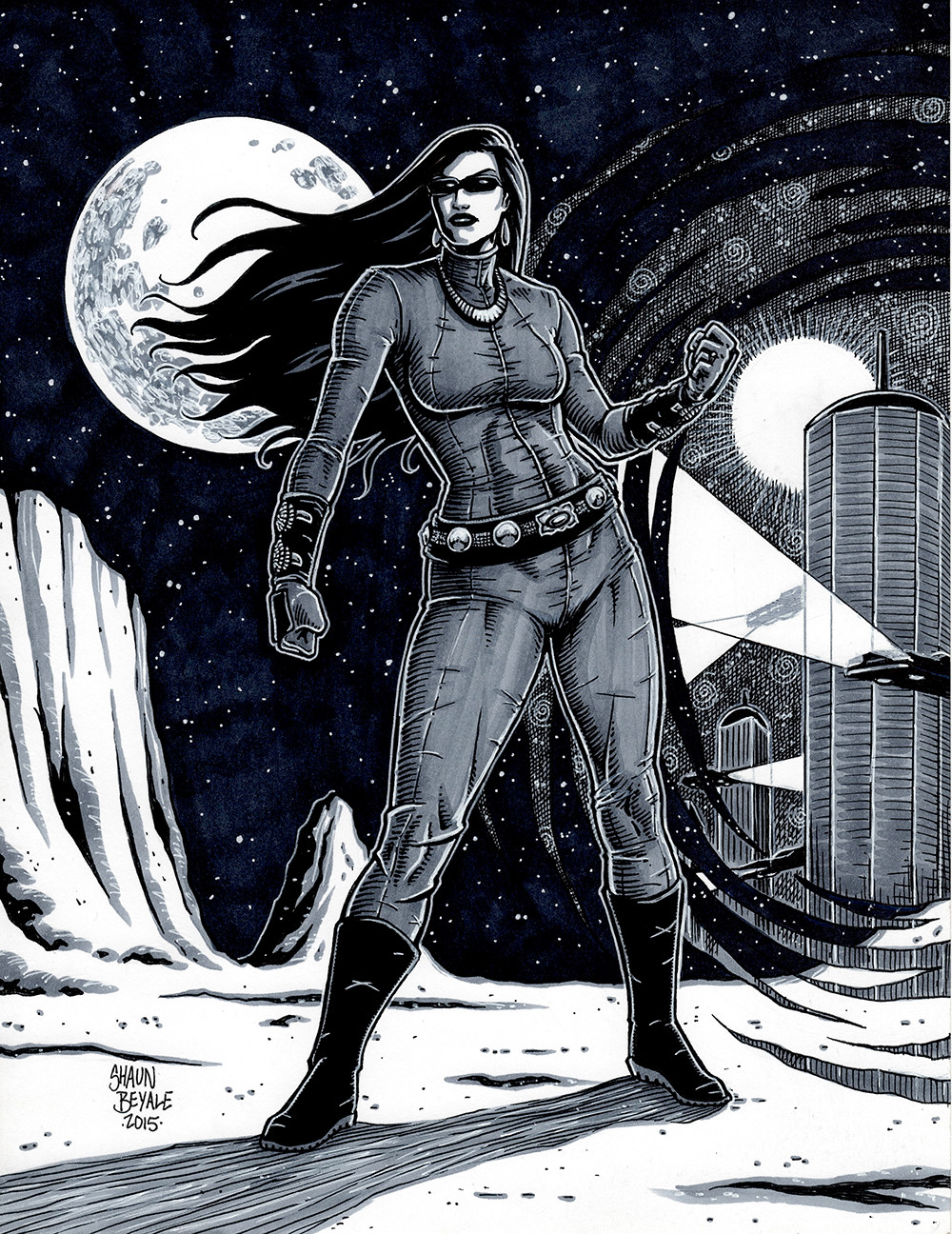There is more to superheroes than Superman
Indigenous artists take comic-book approach to illustrate
The comic industry has become a multi-billion-dollar juggernaut with numerous successful film adaptations and television shows.
However, there are other ways to harness the power of the superhero narrative, which is something When Raven Became Spider captures.
Hosted by the University of Winnipeg’s Gallery 1C03, this touring exhibit showcases Indigenous art that combines comic-book superheroes with traditional and contemporary images from Indigenous stories.
When Raven Became Spider reimagines traditional Indigenous stories as comic-book superheroes.
Gallery 1C03 curator Jennifer Gibson highlights the importance of an exhibit like this.
“We provide a place for underrepresented voices to be heard and a place for artwork to be accessible and approachable,” she says.
“A lot of people are interested in the idea of the superhero and comics. So this is an exhibit that a lot of people can identify with, as they already have the starting point of understanding.”
Gibson explains that this exhibit presents an opportunity for people to gain some understanding of Indigenous culture, stories and perspectives.
“This exhibit and the idea of the superhero in Indigenous culture is different from Superman, Spider-Man and other Marvel (or DC) characters, where there is this idea of good versus evil,” she says.
“In reality, things are more nuanced, and there is a (greater) sense of balance.”
The exhibit’s curator, Leena Minifie, points out that this multigenerational and family-oriented exhibit is important for both representation and cultural preservation.
“The exhibit provides representation of our people as dynamic and beautiful, (which is) outside the constant harshness of bad news all the time,” she says.
“It also takes a look into our supernatural beings and where they are going.”
Minifie says that this exhibit showcases various Indigenous cultures, emphasizing that there is not just one Indigenous culture.
“There are multiple cultures represented in the six artists showcased in the exhibit,” she says.
“Each bring their individual expressions, with different cosmologies, philosophies and stories. These artists are penetrating their cultural stories into the future, ensuring that different generations can relate
to them.”
One such artist is Shaun Beyale of the Navajo Nation, who has pieces of black-and-white comic art on display, such as The Time Traveler, which portrays a powerful woman. Minifie points out that this is not keeping with the way the media and pop culture often portray Indigenous women.
“Indigenous women are always looked at as victims, who are either vulnerable, missing or murdered,” she says.
“Women are the backbone of our cultures, helping them to survive and thrive. This exhibit honours this and displays how powerful and resilient our people can be.
“Hopefully, these can become the new stories of our people.”
Published in Volume 74, Number 4 of The Uniter (September 26, 2019)







